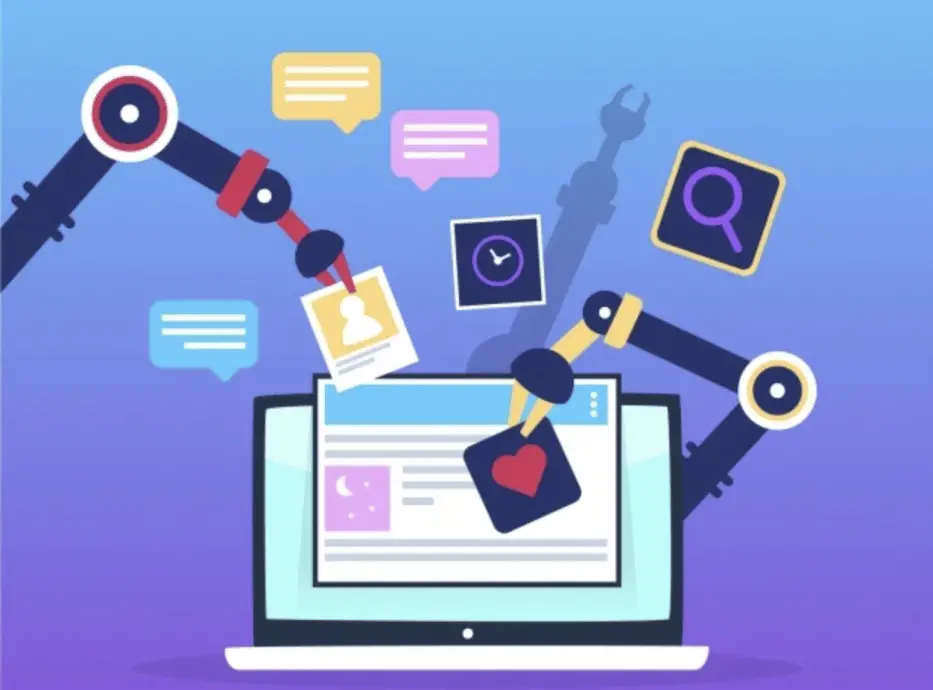Introduction: AI: What should the C-suite know?
AI: What should the C-suite know? Recently, artificial intelligence (AI) investments have grown, and the focus has shifted from how to create business value with AI to how to do so in a responsible and ethical way. In light of AI’s potential for creating value, disrupting business, and destroying it, executives must grasp and manage the possibilities and the risk with this technology.
- AI (Artificial Intelligence) poses many business and strategic questions for C-suite executives, ranging from its strategic implications to new business risks.
- In contrast to previous technologies, AI is able to make increasingly complex decisions, enabling new business opportunities; however, with AI decision-making also comes AI responsibility.
- AI governance and new business practices are critical for integrating responsible AI into a company’s operations.
For this to happen, C-suite executives have to ask the right questions of themselves and their teams. In addition to asking what strategic options AI can create, companies should ask how AI can be risky and what types of risks they must consider when deploying AI. They have to find the most effective organizational design to implement AI throughout an organization, as well as think about AI governance. The focus must be on how organizations can ensure that AI is implemented ethically, compliant with new regulations, and with a focus on generating trust from their customers and other stakeholders.
Also Read: Impact Of Automation In Healthcare
Asking the right questions can be as important – or more so – than identifying the right answers when discussing complex topics such as the implications of artificial intelligence for business and society. Furthermore, finding answers to the questions AI raises requires a multi-faceted approach and comprehensive understanding of AI that takes into account technical, organizational, regulatory, societal, and even philosophical factors.
The possibilities with AI
AI has strategic implications, for example. In stark contrast to other technologies, AI has the ability to automatically (or semi-automatically) make decisions, from which products to recommend to which customers, to how to prioritize customers or even patients in medical triage situations. This creates a fundamental shift in the cost base and scalability of businesses since AI enables fixed costs to replace people-dependent, variable costs.
Also Read: Robotics impacting the workplace
Automation can be advanced beyond what was previously possible with AI. A number of tasks that are repeated frequently rely on making predictions. For example, predicting which clients are likely to buy a particular product. Machine learning can learn to automate and improve tasks based on data.
AI can also be used to improve other business metrics, like customer satisfaction or employee productivity, that are traditionally affected by technology.
We can already see the effect of artificial intelligence in industries such as healthcare and education.
Source: YouTube
AI maturity and organizational readiness
Organizations that become AI mature have greater opportunities, but the path to AI maturity is not always straightforward. Assessing the maturity of AI within an organization, and then understanding the obstacles to progress, is crucial for leadership. AI will cause organizational and cultural changes that must be dealt with, as well as those that will follow its introduction.
AI and data-driven decision-making require a complex organizational design to be implemented across an organization. Aligning AI with all aspects of an organization, from engineering to customer service, and upskilling the workforce require overcoming multiple challenges. Even with specific AI projects, success is not guaranteed: executives need to be aware of the new project execution risk factors (beyond the usual challenges, such as change management challenges) which can lead to costly failure. Some of these may include serious data issues or complex risk management challenges associated with AI models.
The risks AI can bring to organizations
There is more to AI for executives than this. In addition, organizations and society must also be aware of new AI threats. When power comes with responsibility, so do AI threats. As AI-enabled systems become more powerful, they are posing a number of new risks, ranging from privacy infringement to potential discrimination, for example, when similar customers are treated differently by AI; to new safety and security risks.
It is imperative that executives understand how their organizations can use AI effectively, as well as how to do so responsibly. Adopting AI in a successful manner in the short run may prove costly in the long run if these new risks materialize. In order to succeed with artificial intelligence, businesses must create value and manage risks. Business leaders need to ask themselves: What are the new risks AI creates for my organization? Are there ways to manage these risks? In what way does AI governance fit into our worldview, and how should we approach it?
Conclusion: AI: What should the C-suite know?
The field of artificial intelligence has been developing for more than half a century. Major technological innovations take this long to attain critical mass in terms of adoption and impact. Only in the past few years have we begun to see how AI can transform businesses and society.
As we embark on this journey, we are only just beginning to understand some of the positive and negative impacts of AI. Taking responsibility for AI adoption and innovation is still a work in progress. Several topics must be understood and very different questions must be asked by executives in order to achieve this.
